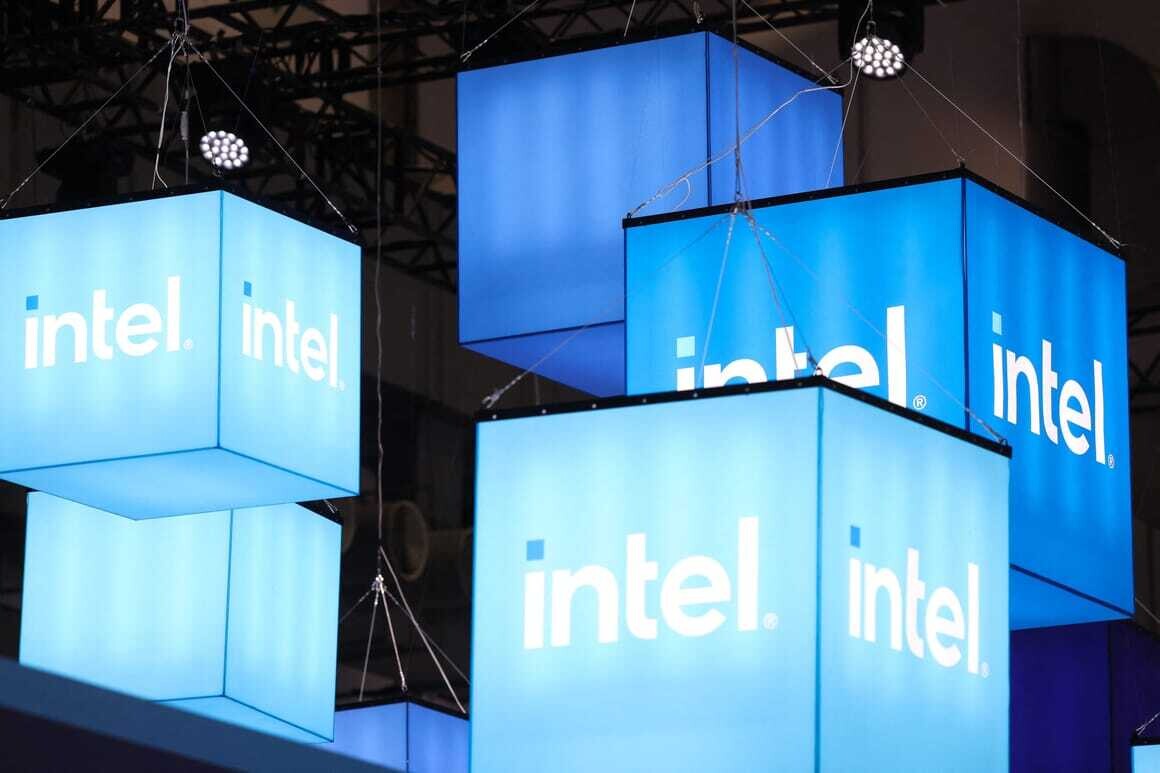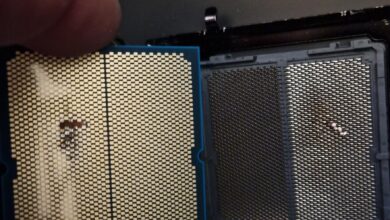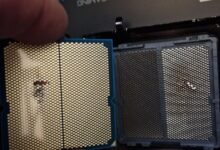Intel Releases Optane Memory SSD Storage Cache Solution

Earlier in the month, Intel released their first Optane SSD. Using the new 3D XPoint memory technology, the new Optane storage devices are orders of magnitude faster than traditional NAND yet are non-volatile unlike DRAM, filling a niche between the two. Intel has two new products, the Optane SSD which are traditional storage drives and Optane Memory aimed at caching solutions which has just been announced.

Coming with just a single or two 3D XPoint die, the new Optane Memory SSDs provide capacities in either 32 GB or 16 GB. It comes in a M.2 2280 card form factor with 2 PCIe 3.0 lanes but it will also work in slots keyed for 4 PCIe lanes. However, a 200 series chipset in specific configurations with a Kaby Lake processor is required due to the extra dedicated PCIe lanes for the platform. Prices are quite reasonable at $44 for 16 GB and $77 for 32 GB. Availability is set for April 24th.

As a caching drive, the Optane Memory SSD is meant to sit invisibly between the system and the slower NAND SSD or spinning HDD. In many ways, this is a revival of the old Smart Response Technology that cached spinny HDDs with NAND SSDs. Intel has merely upgraded the algorithms to suit 3D XPoint instead of NAND. Just like with SRT, there are few hoops to jump through like putting the storage controller in RAID mode.

The real improvements over SRT comes from the new storage technology Intel is claiming 300K and 70K IOPs for 4K random reads and writes respectively while sequential speeds go up to 1200 MB/s for reads but writes are a lot slower at 280 MB/s. As a caching drive, the read performance is more important and Intel has limited potential for write speed improvement simply due to the low number of dies. The real kicker is that endurance is rated 100 GB/day which is crucial for a cache drive which is constantly seeing new data getting pushed in. Optane Memory also boasts much lower latency and better response times which should help it feel snappy.

Despite the improvements in speed, it remains to be seen if there will be a market for such a solution. SRT and other caching solutions largely fell out of favor once large SSDs became cheap enough. With such a small storage capacity, the cache drives won’t be that useful when the client drive is several TB large. There is also the issue of cost as a 256 GB TLC SSDs may be found for about $70 and used directly or in an SRT configuration. As someone who used SRT with a 64 GB SSD and 2 TB main drive, the cache was constantly flushed and boot times were not as great as if I installed the OS directly to the SSD. It will be interesting to see if Intel has done any additional work to tweak their algorithms to improve this aspect.












